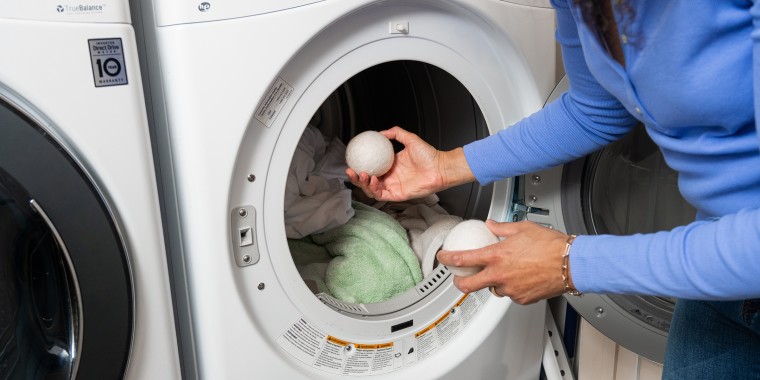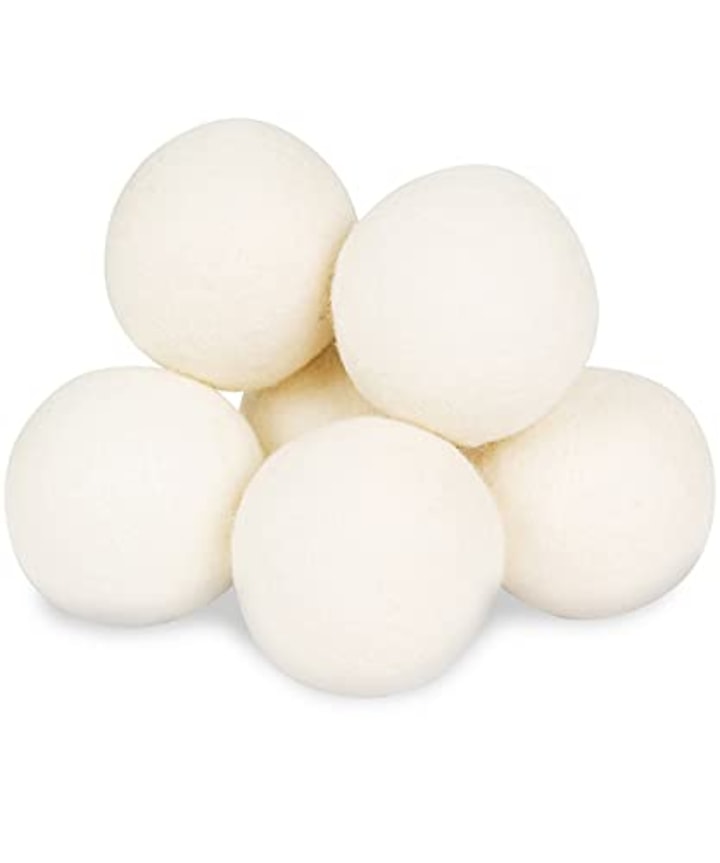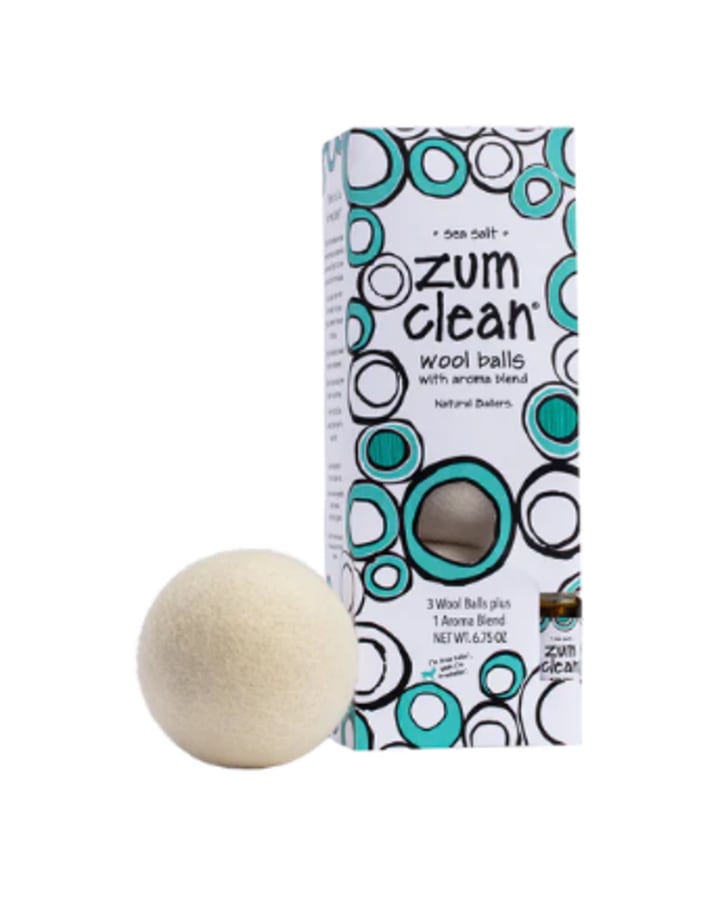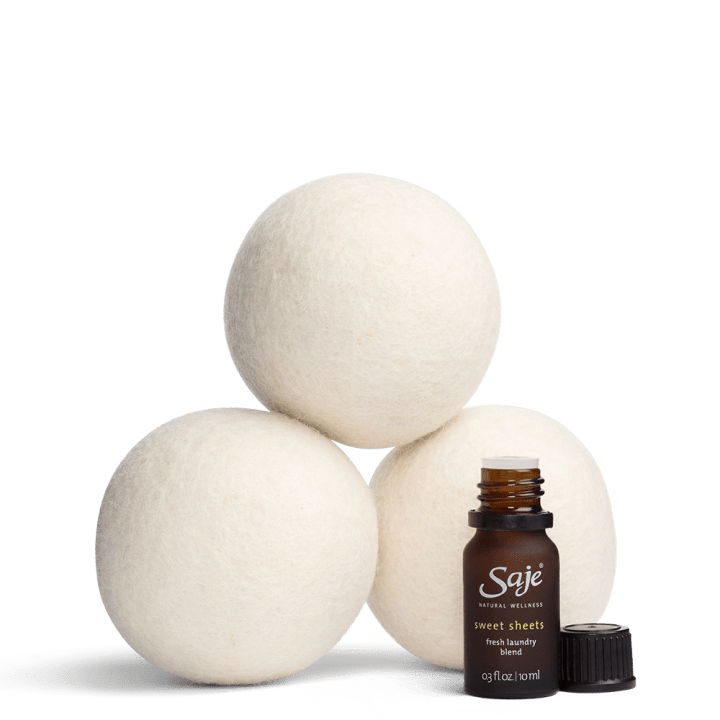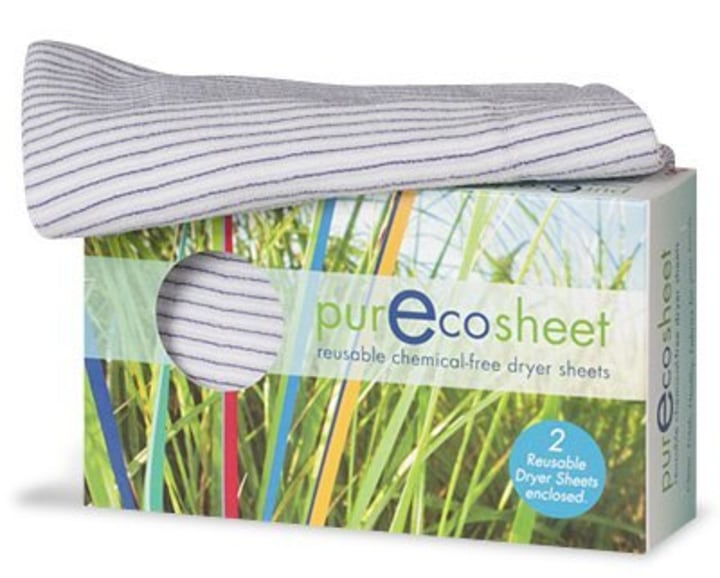Many people rely on dryer sheets for a fresh smell and reduced static cling, but Shop TODAY did some investigating into the laundry room staple. Long story short, experts say it can actually be doing more harm than good to both your clothes and your machine.
We asked four cleaning experts to break down what actually happens when you use dryer sheets and alternatives you should probably consider.
What are they? | What happens when you use them? | Is there an alternative? | Alternatives to try | Tips for using dryer sheets safely | Items to avoid | FAQs | Meet the experts
What are dryer sheets?
Did you know that fabric softener and dryer sheets are the same thing in different forms?
“Fabric softener is just the liquid version [of dryer sheets], and dryer sheets are the sheet version [of fabric softener],” Kellsie Zapata of Zapata’s Cleaning Services tells us.
What happens when you use dryer sheets?
They work the same way fabric softener does — by coating your clothes in a waxy substance with the promise of softening them and reducing static cling.
Like fabric softener, it also can damage your dryer over time by rubbing across the basket and coating the sensors, says James Copeland, director of technical services for Prism Specialties. “If they're not doing continual maintenance and cleaning where the technician is actually tearing it down to clean these sensors, you could start to have some efficiency issues and earlier malfunctions because it will not be having proper operating temperatures,” he explains.
This can also affect your drying time, he adds, since the wax can coat the lint screen and you won’t be able to tell. You’ll think you’re clearing the screen out completely, but there’s an invisible layer of wax that is building up.
You can tell if your lint screen has that coat by running water over it, the way Copeland did for a customer who didn’t believe it. The water was unable to run through the screen due to the coat of wax. As a solution, Copeland cleaned it with dish soap and a toothbrush, checked to make sure water could properly flow through the screen and then let it air-dry. Afterwards, the efficiency of their dryer improved.
You’ll also want to be wary of dryer sheets getting caught in lint traps, as Copeland says they’re a fire hazard.
Is there an alternative to dryer sheets?
Copeland and Zapata, alongside Rechelle Balanzat, founder of Juliette, and Jessica Ek, senior director of digital communications at the American Cleaning Institute, call out tennis balls and wool dryer balls as quality alternatives to dryer sheets to reduce static.
Ek notes that while it can “definitely help [reduce static], it’s not going to soften the clothes,” so keep that in mind going into your laundry routine.
Even when you’re not using typical dryer sheets, Zapata encourages reading the directions for dryer balls because if you’re not using them correctly (with temperatures too high or loads too large), your clothes can still come out with static.
If you prefer a sheet-style product, Copeland suggests opting for reusable static-eliminating sheets.
Zapata offers one more option that’s free but requires a bit of patience: air-drying. “It’s a good option and if it comes down to it, you can air-dry your clothes and you will definitely not get that static."
Dryer sheets alternatives
Smart Sheep Wool Dryer Balls
These highly-rated dryer balls have been a Shop TODAY favorite for years. Each set comes with six and they even come in fun sheep or penguin designs. The brand says they'll last over 1,000 loads and advise using three to four balls for small-to-medium loads or five to six balls for large loads.
Zum Sea Salt Wool Dryer Balls
If you don't want to forego that fresh scent you've come to love from dryer sheets, opt for these dryer balls from Zum that come paired with an aroma blend you can spray on to each ball. Once the spray runs out, you can use any essential oil you'd like. These are a personal favorite of mine that I've been using since they were gifted to me over a year ago. I haven't gone back to traditional dryer sheets!
Saje Laundry Love Wool Dryer Ball Set & Laundry Blend
This is another option if you're looking for a scented dryer ball set. It comes with three wool dryer balls and a blend that features elements of lavender, lemon and bergamot. The brand says you only need five to seven drops per ball and each application of the blend lasts up to five cycles.
Purecosheet Reusable Dryer Sheets
Reusable dryer sheets are an eco-friendly alternative Copeland mentioned to using traditional one-and-done dryer sheets. According to the brand, these sheets are 100 percent hypoallergenic and chemical-, perfume- and dye-free. Plus, they can be used for hundreds of loads.
How to use dryer sheets safely
The same way we don't expect you to immediately stop using fabric softener, we also don't expect you to stop using dryer sheets. The advice for safely using them is the same: be wary of how much you’re using.
If you’ve been using dryer sheets for years, we don’t anticipate you to immediately stop using them after reading this and neither do the experts. Their advice for using dryer sheets safely is to be wary of how much you’re using. You can find the recommended amount to use per load on each brand’s packaging.
Items to avoid using dryer sheets on
Since dryer sheets and fabric softener are the same thing in different forms, the items they shouldn’t be used on are also the same.
Children’s clothes. The waxy coating reduces the effectiveness of flame-retardant fabrics that children’s clothes are made with.
Towels and microfibers. Balanzat says the use of fabric softeners (and, in turn, dryer sheets) can actually increase drying time and reduce the effectiveness of towels and microfibers to collect water and dust.
Athleticwear. “The dri-fit in particular is supposed to keep you dry, sweat-resistant and that fabric softener can actually make it do the opposite because it’s blocking it from doing its job correctly because it’s just coating the clothes in wax,” Zapata explains.
Frequently asked questions
Do you really need dryer sheets or alternatives?
Zapata says you probably don't if you’re drying your clothes correctly. “Static is going to be caused by friction, so if you’re over-drying your clothes, you’re going to get extra friction between your already-dried clothes.”
Here are her tips for how to dry your clothes properly:
Don’t use a temperature that’s too high. “ Throwing your wet shirts in a dryer and using the highest temperature possible is going to result in over-drying your clothes,” she warns.
Dry your clothes in loads based on weight. “Don’t dry your heavy jeans or your heavy winter jackets with your thin T-shirts or your thin tank tops. That’s because if you mix the heavy jeans with your light clothing, the dryer’s going to keep on running to dry those jeans and your shirts are already dry,” she advises. “So all your really thin-layered clothing is going to come out with a lot of static.”
Can you use dryer sheets to clean other parts of the house?
This is a TikTok trend that Zapata has seen and, while she’s not a fan of it, also isn’t against other people doing it. “I do kind of understand where it comes from — the dryer sheets for repelling dust. I have seen a couple of people wipe baseboards…or wipe toilets with a dryer sheet,” she says. “Because it’s not the actual liquid [fabric softener], I can’t complain if I see somebody wipe a baseboard with a dryer sheet because it will catch the dust. But also, a microfiber towel will do the same thing.”
Meet the experts
- James Copeland is the director of technical services at Prism Specialties in Livonia, Michigan. He recently spoke to TODAY.com about the right way to clean your Keurig.
- Kellsie Zapata is a deep cleaning specialist with Zapata's Cleaning Services based in Thomasville, Georgia.
- Rechelle Balanzat is the founder of Juliette based in New York City and has been in garment care for over 20 years.
- Jessica Ek is the senior director of digital communications at the American Cleaning Institute. She recently spoke to TODAY.com about the best methods to clean your microwave.
